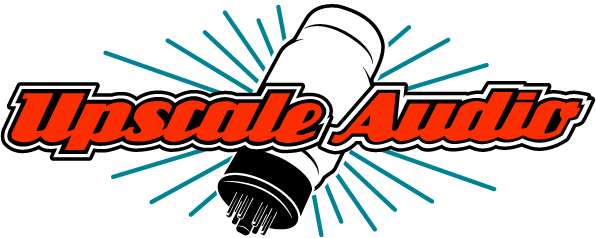
Klipschorns may be huge, but they are meant to go into corners, taking up less space than most speakers.
"We're doing it backwards."
That was Paul W. Klipsch's realization about speakers that horn-loaded the tweeters and mids, leaving the woofer hanging. Bass, with its foundational, room-coupling energy, should be the first to be horn-loaded, said Mr K., as he was known in the company. But look at a cornet versus a tuba: You need a lot of room to horn-load bass. This is exactly why the La Scala and Klipschorn are larger-than-life legends from Klipsch, with every way of their three-way designs using a horn to amplify the sound.
Klipsch's designs have worked so well that people would often complain to Paul Klipsch that he never changed his speakers. Mr K. would respond, "When the laws of physics change, we will adapt immediately."
However, even if the basic design is near-perfect, materials and manufacturing get better over the years, making it financially feasible to introduce new ideas. That's how Klipsch's horn designs got Mumps—the extra curves that improve the launch of the sound "bubble" from the horn.
So what's new for March 2025 with the La Scala AL6 and Klipschorn AK7? First of all, Mumps! This is the first year that both La Scala and Khorn come with these special designs where the curve of the horn follows the edge of the sound bubble better, reducing breakup and greatly improving clarity.
Brad Crawford, our longtime Klipsch rep, is most excited about the updated input panel and the new Klipsch Heritage Active DSP crossover that allows both the La Scala and Khorn to be tri-amped with time alignment, "which," says Brad, "makes the speakers disappear in the soundstage."

A new input panel allows the La Scala and Khorn to be tri-amped via an optional new active DSP crossover.
According to Klipsch, "Using signal processing technology, the Heritage Active DSP analyzes the crossover and adjusts for horn-throat depth and wavelength, delaying the signal to specific speakers to ensure that all sound arrives simultaneously at the listener’s ears."
The older La Scala's could be a little bass-shy, and Brad is also happy that the AL6 has more bottom end using technology from the Jubilee, which is Klipsch's $36,000 flagship.
The K-771 compression driver in both models features a new extended phase plug that offers better coverage and clarity. A new 3" midrange brings greater volume to this important part of the audio band. As Mr K. once said, "The midrange is where we live."
With their acres of rich book-matched wood veneers, both the Klipschorn AK7 and La Scala AL6 are breathtaking to look at, and we're especially excited about the new American Auburn finish and its beautiful reddish glow.
All designs have their strengths and weaknesses, and one of horn speakers' greatest strengths—superpower even—is dynamics. Because horn-loaded drivers barely move even at high volumes, they are able to track the eye-blinking crack of snare drums, the attack of plucked strings, and even the glottal smack of vocal cords. You have to hear it to realize how Klipsch makes most regular speakers sound slow and rounded. Contact us about a demo of horn-loaded dynamics today!
